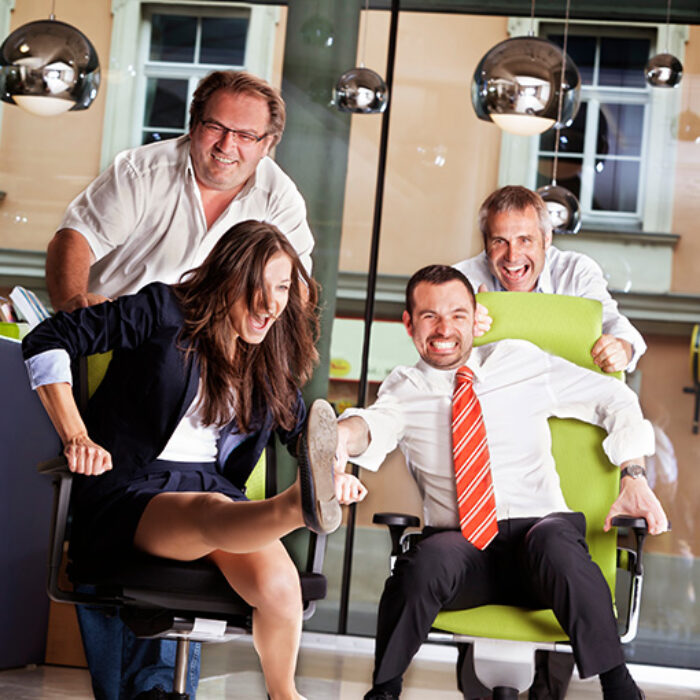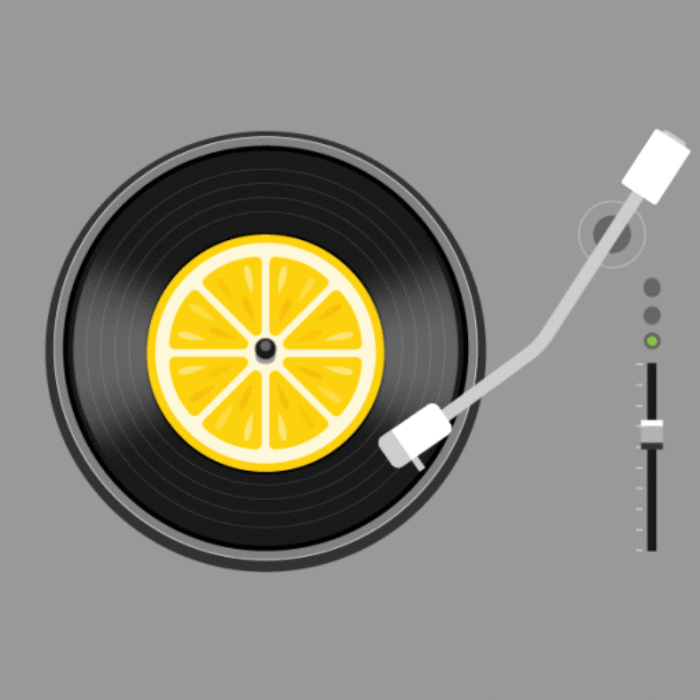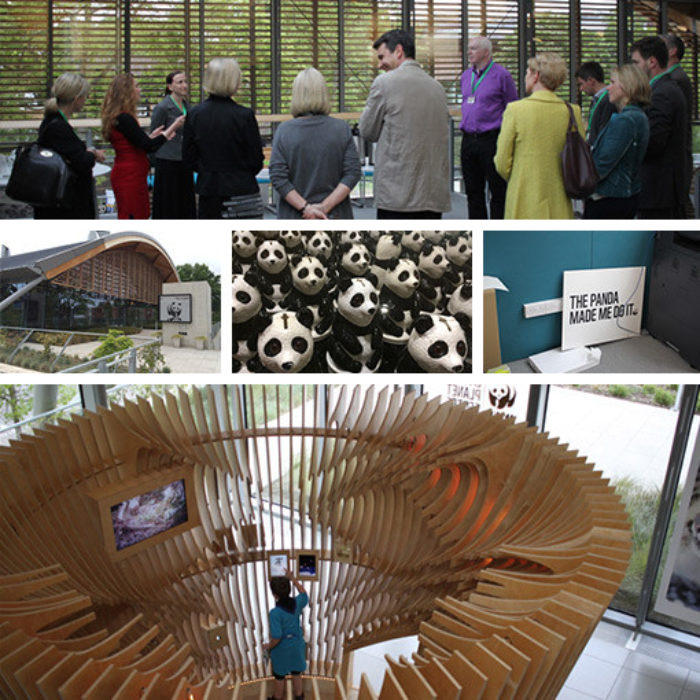How to harness behaviour-led design
Let’s start with a definition…
Behaviour-led design uses the latest behavioural science insights to shape the creative process, and design outputs so they are in tune with how people actually think, process information and make decisions.
So, how do people actually think? And how does that differ from traditional views of the human decision-making process?
We each make around 35,000 decisions every day
The difficulties of decision-making
The common view of behaviours is based around long-held assumptions of people behaving rationally. But that assumes when we’re about to make a decision we all do things like:
- Consciously weigh up all the available information
- Calculate all of the pros and cons of our various options
- Make a reasoned decision that’s in our own best interest
- And then act decisively.
That’s asking a lot: perfect knowledge, strong memory, self-control, and unlimited mental energy, time and attention. Then throw in the fact that we all make something like 35,000 decisions every day, and it’s clear our brains need a little help. Fortunately, they’ve evolved to help themselves.
The latest thinking about thinking
Rather than using conscious, rational reasoning to cope with all that thinking, we make as much as 95% of our decisions nonconsciously, guided by our innate biases and emotions. This has led to three key insights…
- We often make intuitive decisions, based on gut feeling, which helps protect us from cognitive overload.
- These decisions are fast and frugal, but are satisfactory rather than optimal.
- Our decisions don’t exist in a vacuum, they are context-dependent, based on our feelings, where we are and who we’re with.
We make as much as 95% of our decisions nonconsciously
Harnessing behavioural insights
The challenge for communicators is that most traditional marketing and design targets the rational, conscious brain; which relies too heavily on what people say they think, feel and act (their conscious responses), rather than how they actually think, feel and act. This focus, means that traditional design may only target as little as 5% of our decision-making.
Corporate Culture’s approach to Behaviour-led design encompasses both the conscious and unconscious parts of human decision-making to work with how people actually make decisions.
Naturally, behaviour-led design is still built on a powerful creative concept at its heart – that’s essential when you’re trying to build a deep emotional connection with your audiences. But it has a much greater focus on specific behaviours and uses more behaviourally-focused design techniques at all stages through the process.
Our behaviour-led design techniques
Here are the highlights of the eleven behaviour-led design techniques we tend to use most:
- Define behaviours first: Identify the key and supporting behaviours and be hyper-specific about the action you want people to take.
- Dig deeper into context: Our choices are shaped by how we feel, where we are, who we’re with, and what we’re doing.
- Focus on the framing: How might you frame the challenge to turn a problem into an opportunity?
- Use pre-attentive priming: Use visual, sensory, cultural and emotional cues to shape pre-attention and establish the initial context.
- Grab attention and make it salient: Use elements like faces, colours, size and movement to hook into our deep-rooted responses.
- Make it easy to act: Using the right combination of heuristics (such as norming) is a very powerful way to leverage behaviours.
- Choose the right biases: There are at least 200 cognitive biases and mental shortcuts that influence our decision-making. The trick is knowing which to target.
- Make it multisensory: Engage all the senses and cater to multiple learning styles to enhance engagement, and facilitate comprehension.
- Give hits of dopamine: Help us feel smart with hidden connections and puzzles to solve, such as the arrow within the FedEx logo.
- Make it easy to process: Our brains prefer communications that are simple, easy to understand, follow and complete.
- Obsess over the details: The small, nuanced stuff can often make the difference between action or inaction.
By integrating these and other behavioural science insights throughout how we write, design, test and iterate, behaviour-led design ensures our creative is always aligned to the realities of human decision-making. That makes it easier for your customers, consumers and employees to make better choices, and for you to achieve more impactful and effective results.
Behaviour-led design makes it easier for people to make better choices
Learn more
We’ll be digging deep into the field of behaviour-led design in an upcoming Discovery Session, where we’ll explore its specific role in helping you close the gap between your current and desired organisational culture.
Stay tuned for the date and the details, or contact Elaine Smith today to pre-register your interest.




